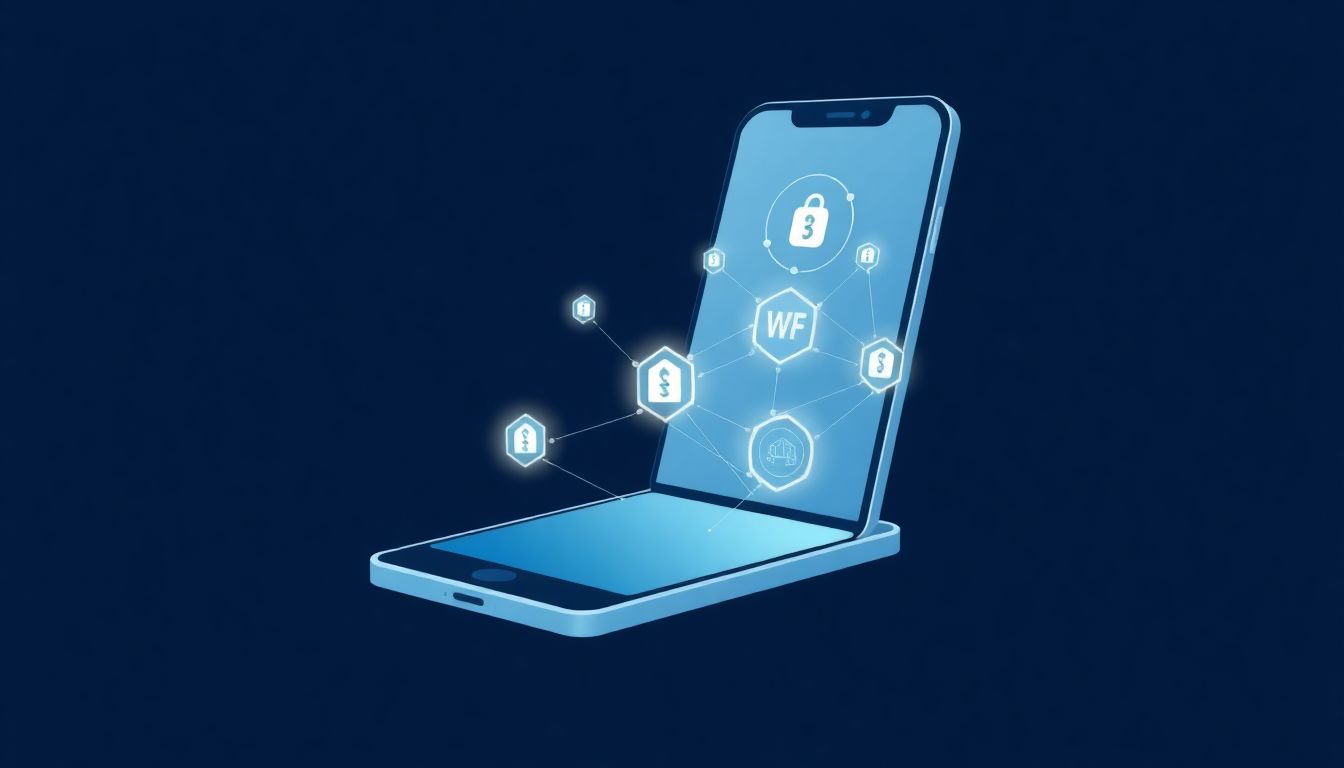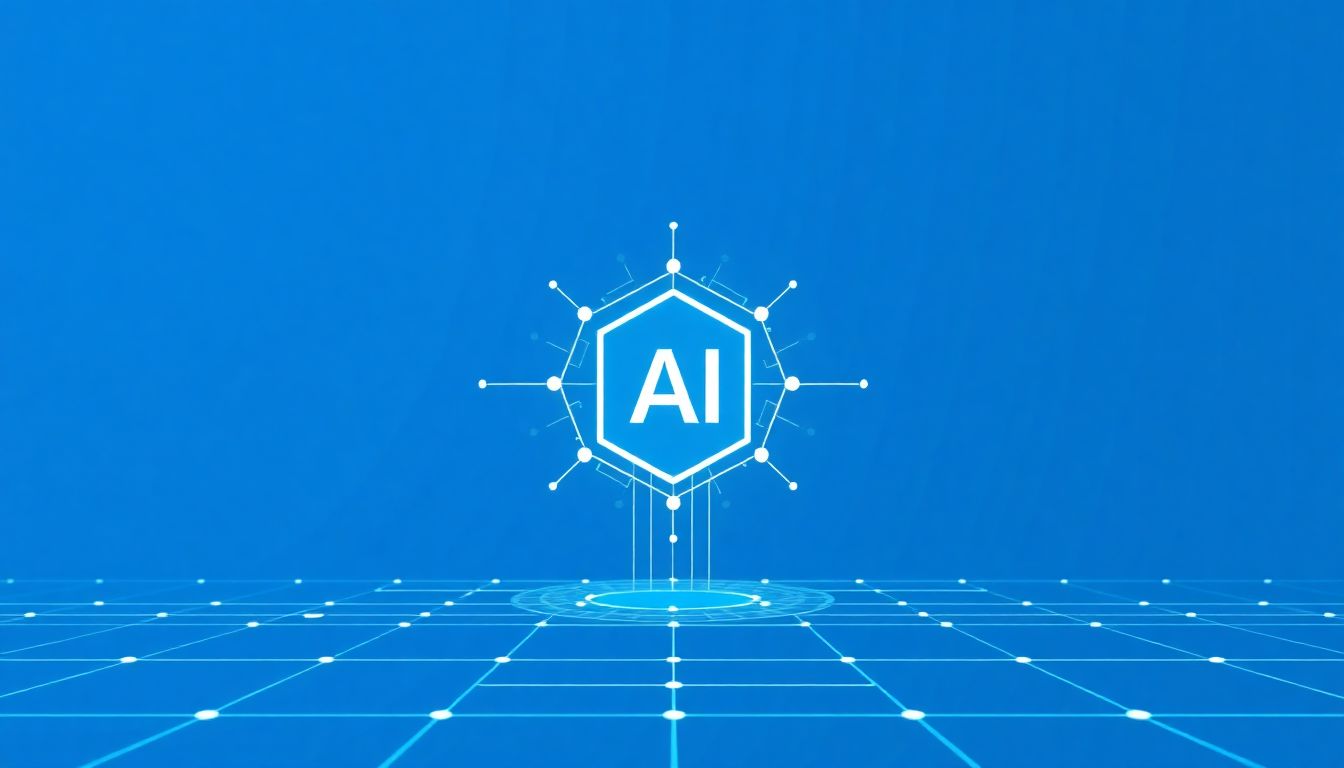Many people wonder how AI can help build Web3 apps and improve blockchain systems. It’s a fair worry because technology can seem complicated and fast-moving. But if you stick around, I promise you’ll see how AI is making Web3 development easier and smarter than ever.
Keep reading, and you’ll find out about the top tools, trends, and real-life examples showing AI’s role in Web3 today. Plus, I’ll give you simple steps to start your own AI-powered Web3 project, so you’re not left behind.
In just a few minutes, you’ll get a clear idea of how AI is reshaping Web3 development now and in the near future—all in plain, friendly language.
Key Takeaways
Key Takeaways
- By 2025, AI will help make Web3 development faster, safer, and more user-friendly by analyzing data, detecting security issues, and personalizing experiences.
- AI improves Web3 tools by automating tasks, optimizing blockchain performance, and providing insights into user behavior and network health.
- Top AI tools like SellAI, OpenAI API, and security platforms like DeepArmor simplify building, securing, and scaling decentralized apps.
- AI boosts security by spotting smart contract flaws early and giving users control over their privacy, building trust in platforms.
- In finance, AI helps with fraud detection, faster transactions, and better market predictions within Web3-based financial services.
- The growing metaverse uses AI for creating realistic environments and personalized virtual experiences, opening new Web3 possibilities.
- Getting started with AI in Web3 involves learning blockchain basics, exploring AI APIs, building small projects, and testing thoroughly.

1. How AI Supports Web3 Development in 2025
By 2025, AI has become a crucial part of building and managing Web3 projects. It helps developers analyze massive amounts of decentralized data to spot patterns and improve smart contract security. AI-powered tools can automatically detect vulnerabilities and flag malicious activities, making blockchain systems safer. Additionally, AI enhances user experience by personalizing interfaces and content, which keeps users engaged and makes complex Web3 applications easier to navigate. With the Web3 market expected to hit around USD 7 billion in 2025 and grow rapidly, AI’s role in streamlining development and boosting security is more important than ever.
2. Where AI Is Improving Web3 Tools and Systems
AI is making Web3 tools smarter and more reliable in several ways. It automates the management of decentralized platforms, reducing manual work and errors. For instance, AI assists in optimizing blockchain protocols to improve speed and scalability, which is critical as the market is projected to reach USD 135.34 billion by 2033. Security is another big plus—machine learning models can identify suspicious activities quickly, protecting assets and data. Plus, AI-driven analytics offer insights about user behavior and network health, helping teams make better decisions and enhance overall system stability. All these improvements are fueling faster adoption across regions, especially in areas like North America and Asia Pacific, where Web3’s growth is bouncing up significantly.
3. Top AI-Powered Tools for Building Web3 Apps in 2025
In 2025, several AI tools are standing out for Web3 developers. Platforms like SellAI Tool are great for buying and selling AI-powered Web3 apps with verified performance metrics. On the development side, tools like OpenAI’s API and Chatbot platforms help create intelligent decentralized apps. Security-specific tools like DeepArmor assist in vulnerability detection within smart contracts. For user engagement, AI-powered NLP tools add personalized, chat-based interfaces that simplify complex blockchain interactions. Overall, these tools make it easier to develop, secure, and scale decentralized applications efficiently.

7. The Impact of AI on Web3 Security and Privacy
AI is playing a big role in tightening security within Web3 platforms by actively monitoring blockchain activity for suspicious behavior.
Tools leveraging machine learning can spot potential smart contract vulnerabilities before they get exploited, saving users from costly hacks.
For example, platforms like DeepArmor analyze smart contracts to detect flaws early on, helping developers patch issues proactively.
On the privacy front, AI can personalize data sharing options, giving users more control over what they reveal and how their information is used.
Implementing AI-driven security measures doesn’t just protect assets; it also builds trust among users who are increasingly concerned about their data in decentralized systems.
Start by integrating AI security audits into your development process and stay updated on the latest security AI tools to keep your Web3 environment safe.
8. The Role of AI in Web3 for Financial Services (BFSI)
The BFSI sector is harnessing AI in Web3 to improve transparency, fraud detection, and transaction efficiency.
Decentralized finance (DeFi) platforms use AI algorithms to analyze transaction patterns and flag suspicious activities instantly, reducing fraud risk.
For instance, AI enables automated credit scoring within decentralized lending, making access to funds faster and fairer.
In addition, AI helps in managing large crypto portfolios by predicting market movements based on historical data, giving investors better insights.
If you’re working in finance, consider exploring AI tools that integrate with blockchain to streamline your compliance and security processes—this could save time and money.
9. Future Opportunities: AI and Metaverse in Web3
The expansion of the metaverse opens new doors for AI-driven Web3 experiences, from immersive environments to personalized avatars.
AI helps create realistic virtual objects and characters, making interactions more natural and engaging.
With AI-generated content, developers can build vast virtual worlds that adapt to user behaviors, creating a more dynamic experience.
As the metaverse grows—projected to generate over USD 100 billion by 2034—AI’s ability to deliver tailored experiences will be a game changer.
For those interested, experimenting with AI-powered 3D rendering tools and virtual environment builders can be a good start.
10. Getting Started with AI Development in Web3
Jumping into AI Web3 projects is more accessible than ever—here’s how to begin.
- Learn basic blockchain development, focusing on smart contracts and decentralized app (dApp) architecture.
- Familiarize yourself with AI tools like OpenAI API or Hugging Face, and see how they can be integrated into your apps.
- Start with small projects: for example, build a smart contract that interacts with an AI API to provide personalized content or recommendations.
- Use existing frameworks—like TensorFlow or PyTorch—to develop machine learning models tailored for your use case.
- Test your integrations thoroughly, especially focusing on security and user privacy, before deploying widely.
Remember, the best way to learn is by doing—so dive in, experiment, and keep up with daily updates in AI and Web3 communities like Reddit or Twitter.
FAQs
AI helps Web3 development by automating coding tasks, enhancing security protocols, and providing data analysis for smarter smart contracts. It accelerates project workflows and improves scalability for decentralized applications in 2025.
AI is enhancing Web3 tools like decentralized exchanges, identity verification, and transaction monitoring. It increases speed, accuracy, and security, making these systems more reliable and user-friendly.
Popular tools include AI-driven smart contract auditors, decentralized identity solutions, and automated dApp builders. These streamline development and improve security in Web3 applications.
Trends include increased automation of processes, AI-driven security enhancements, and the integration of machine learning with decentralized finance, shaping smarter and more resilient Web3 systems.